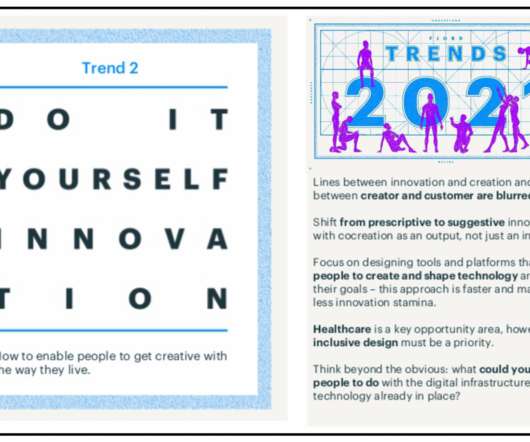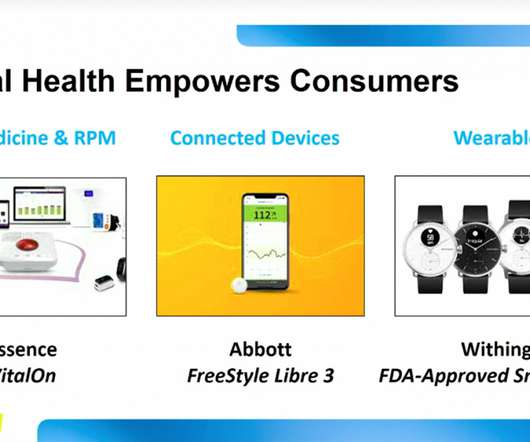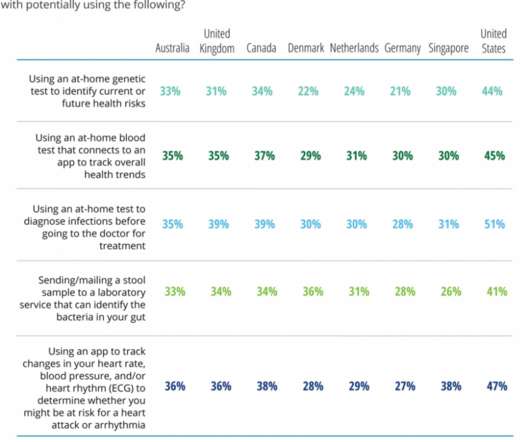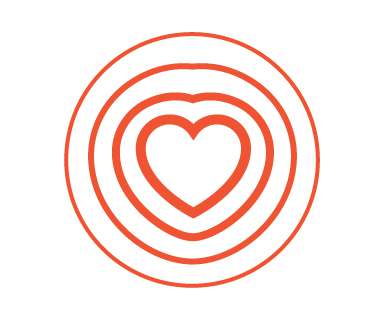Do-It-Yourself Innovation Comes to Health at Home – Telehealth, Fjord 2021 Trends and #CES2021
Health Populi
JANUARY 13, 2021
.” In their forecast on “what’s next” for the trend, Fjord IDs health care as a key opportunity area, with the proviso that inclusive design must be a priority. Sweet teams are increasingly inter-disciplinary, including primary care, bundling in mental health, health coaches and nutritionists.













Let's personalize your content